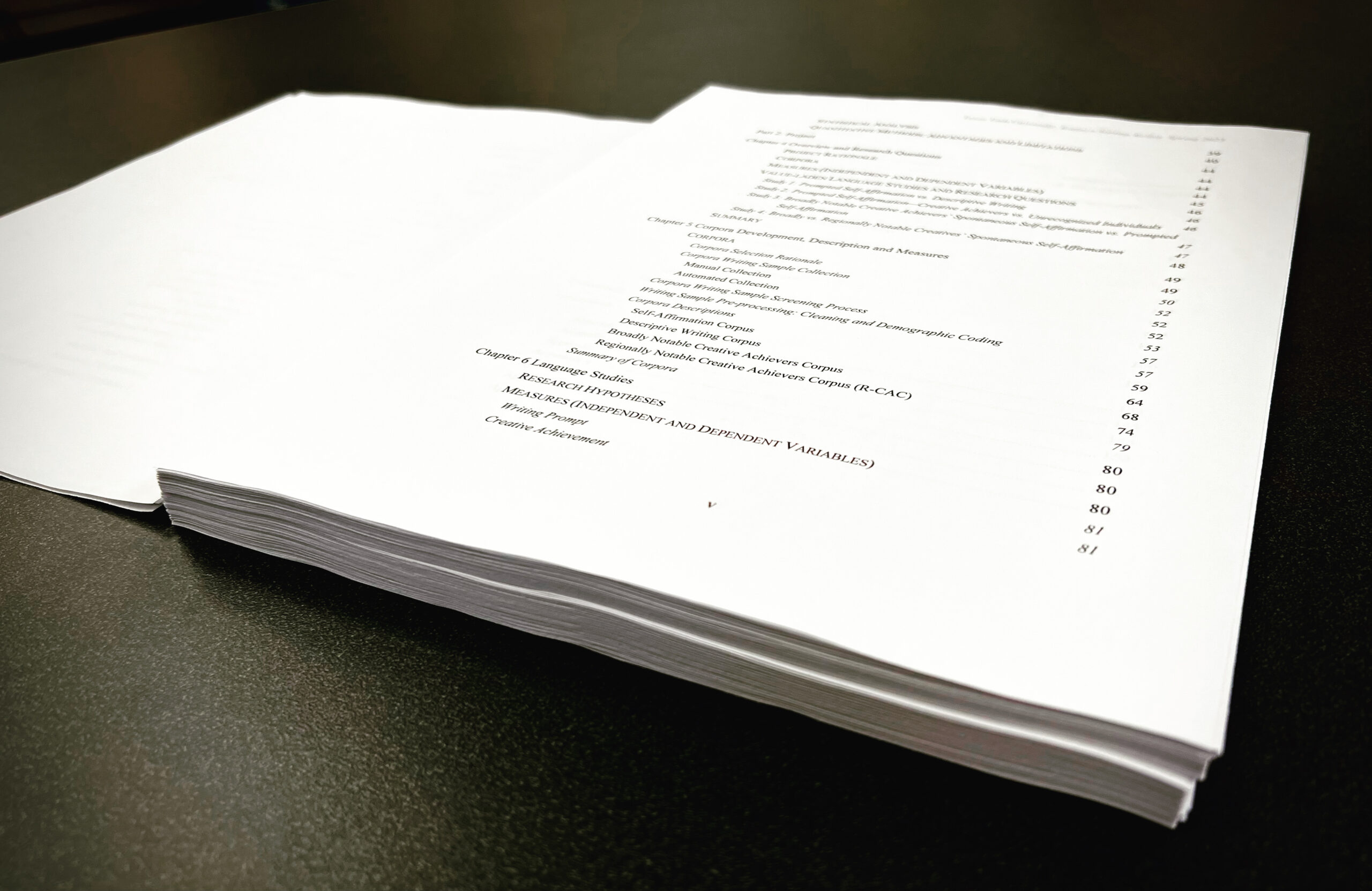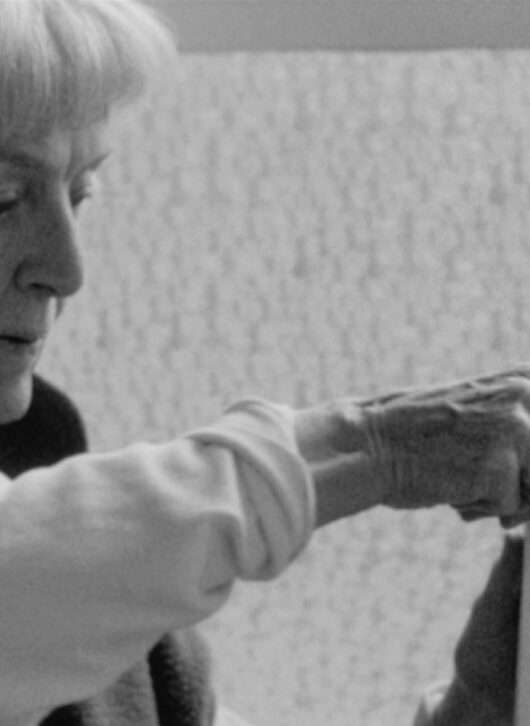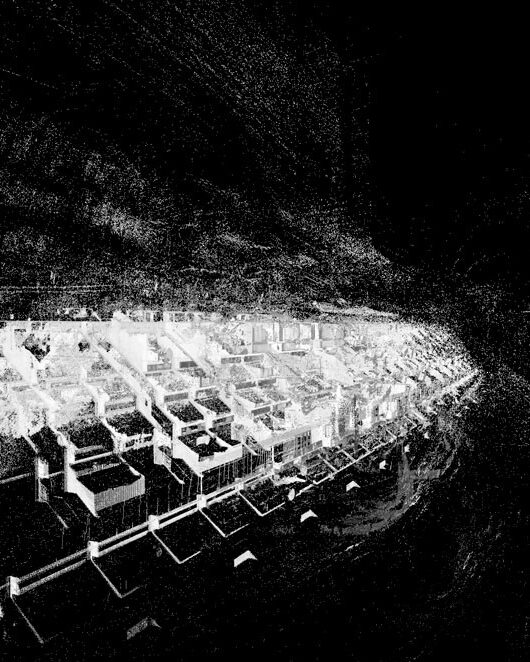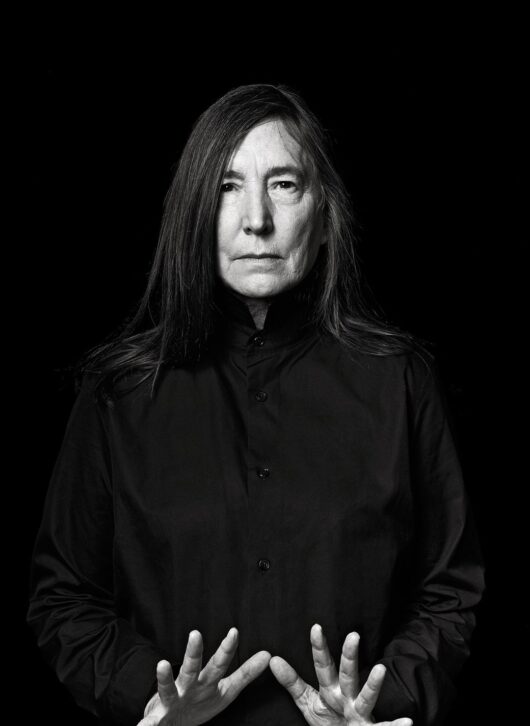Responsive textabation #2
Theory to practice; practice to theory; it’s messy
2.1
She, Griselda Pollock, lost me at…
…I have to work out to WHAT I shall be referring if I use the word Van Gogh.
Griselda Pollock, “Avant-Gardes and Parisians Reviewed” (pg 319)
How she intends for this statement to function vs how it functions within me as reader co-creating the text with her probably differs. Not only does this statement reveal the death of the artist/author, it strips artist/author of any residual humanity. The quote functions to highlight the dehumanizing dilemma of authoring (ha) a text or an analysis of an art object or artist when holding tightly to a theoretical model of approach. The situation is made humorous as she reasserts herself, her agency, her role as interpreter, through the repetitive use of the word “I”, which appears three times in the short string of text. The quote functions to reveal how unstable structuralist/post-structuralist theory can be in practice.
—- end of requested response ——
Writing is not a personal property or expressive medium for the creative self. It is cultural, social, historical, a field of codes and conventions in which meaning is produced through the play of its signs, within its traditions, through its connotative systems over which no one person can claim mastery. (pg 323)
A beautiful summation of how these theories play out and ring with a “truth”, yet in practice of analyzing the entity that channels an object/text, the non-claiming producer becomes dehumanized. The artist or object simply function as an X variable in an equation. Finally, moving beyond the dehumanized, Pollock arrives alongside of Raymond William’s idea of art as practice for her approach.
Sigh. She wore me out as I sat on her should working together through the problems of various theory driven art writing approaches and finally to arrive at a satisfactory approach method via the practice of art.
——————————————————–
2.2
Anything we can read as a coherent
ensemble of messages constitutes a text.
Gerald Rabkin, “Is There a Text On This Stage?” (pg 151)
After a real world discussion of the complexities of authorship, ownership, interpretation and text in the realm of theater, Rabkin revisits the basic notions of structural and poststructural ideologies concerning what is the text. He derives the above quote from these notions and sets this quote as a baseline from which he can then distinguish between a work and a text as they relate to the actual theatrical performance. In this case he is setting up the text as the performance from which the audience will read and the script as a work, a source document from which the performance was generated. The source document, the script, remains legally connected to the one who penned it, the playwright. For Rabkin to create a viable conversation around these topics in theater, he must at least temporarily throw down a line on the stage to define what is the text that is being read. Tomorrow he can draw a different line and we can begin again in this exploration.
—- end of requested response ——
It is an interesting dilemma of where the text is even located when there are so many intermediaries between the source document (script) and the final reader (ticket holding audience). Who is generating the text for the audience’s reading—the playwright, the director, the performers? Is the audience reading a reading of a reading? And to whmo is the script actually written for? If one considers the structure of the script, one may question who the intended reader is—the director, the performers and stage designers, the ticket buyer? For whom is the work constructed, penned? So interesting.
0












